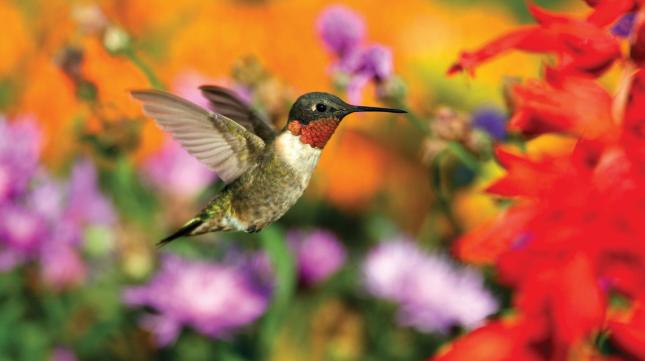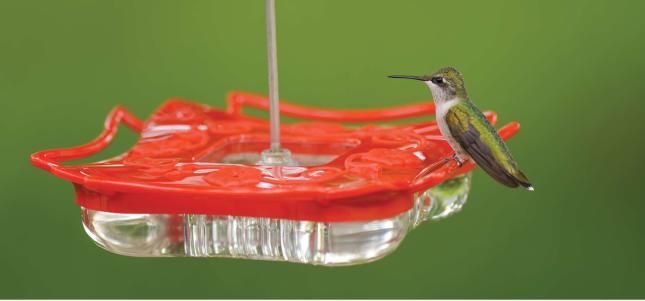Plant It and They Will Come
Want to attract more hummingbirds naturally? Fill your yard with native Florida plants that offer nectar-rich blooms, vibrant color, and the kind of habitat hummingbirds instinctively recognize.
To attract hummingbirds, focus on plants with bright, tubular flowers—they’re perfectly suited for long beaks and hovering wings. Excellent choices include Firebush, Coral Honeysuckle, Coral Bean, and Scarlet Sage. These plants not only provide a steady source of nectar, but also help support pollinators and other local wildlife.
Here’s a list of hummingbird-approved native plants for North Florida:
Coral Bean – Striking red flower spikes that are highly attractive to hummingbirds.
Firebush – A long-blooming shrub with tubular orange-red flowers that thrives in our climate.
Scarlet Rosemallow – Large, bold blooms that stand out and provide ample nectar.
Coral Honeysuckle – A beautiful climbing vine with trumpet-shaped flowers; great for fences or trellises.
Cardinal Flower – This wetland wildflower offers brilliant red blooms that hummingbirds love.
Tropical Sage – Easy to grow and continuously blooming, this plant is a hummingbird favorite.
Scarlet Sage – Adds fiery color and attracts hummingbirds throughout the growing season.
Bee Balm – Unique, colorful flowers that appeal to hummingbirds and other pollinators.
Swamp Milkweed – Thrives in moist areas and supports both hummingbirds and butterflies.
Crossvine – A fast-growing vine with clusters of tubular flowers perfect for climbing spaces.
Blue Porterweed – A low-growing, nectar-rich plant that blooms consistently and attracts a wide range of pollinators.
Why Choose Native Plants?
- Naturally suited to our soil and climate
- Require less water, fertilizer, and care
- Provide essential food and shelter for birds, bees, and butterflies
- Offer bloom types and colors that hummingbirds recognize and seek out
Pro Tip: Plant in clusters and include a variety with overlapping bloom times to ensure a continuous nectar supply from early spring through late fall.
Creating a hummingbird-friendly habitat is easier than you think—just plant native, and let nature do the rest.




